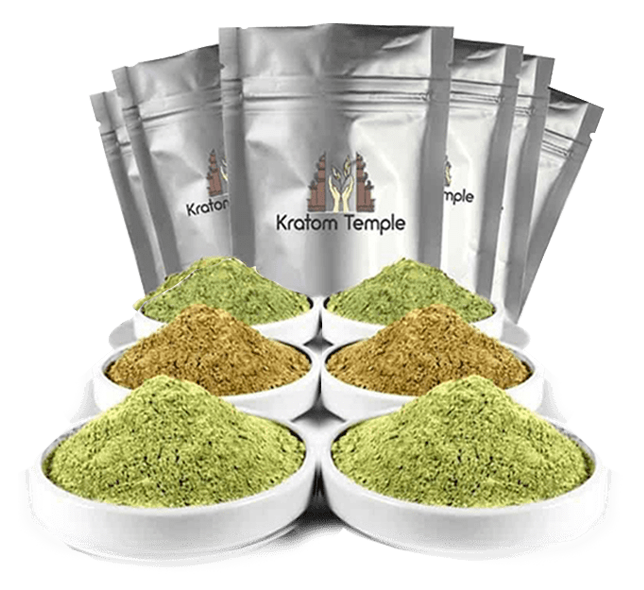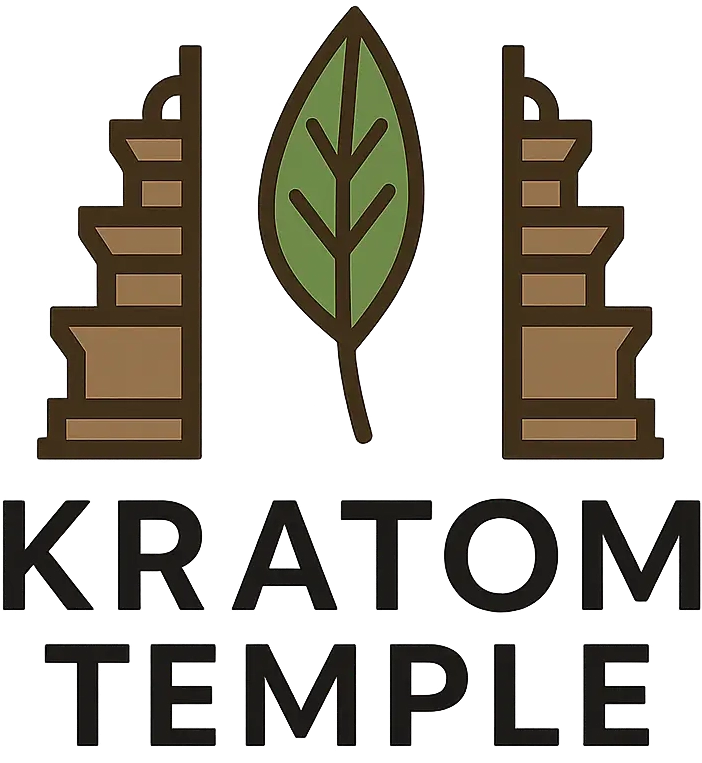
What is Kratom
Kratom History
Kratom, botanically known as Mitragyna speciosa is a tropical, deciduous and evergreen tree classified under the coffee family. It is native to Southeast Asia, and is indigenous to Thailand where it has been outlawed for over 70 years. Pieter Korthals, a Dutch colonial botanist was the first one to discover Mitragyna Speciosa. The genus name is based on the observation that the plant’s stigma first examined, resembled a bishop’s mitre. The tree normally grows to a height ranging between 12-30 ft. tall and 15 ft. wide though some species have been reported to grow up to 70 ft. tall. Its leaves are dark green in color, grow up to 7 inches and usually grow in clusters at the end of the branch. Kratom is also known to come in different strains, such as Maeng Da and Bali with names given from the areas where the trees are grown. Thai government has banned its use, citing its contribution to the low tax revenue from opium. Kratom has a long history of use in Thailand and has embeded its roots deep into the culture and tradition. Growing popularity of Kratom, and its quick move to the western world has triggered additional researach as well as extremely contraversial headlines.
Kratom Chemistry
Mitragynine was first isolated in 1921 and its chemical formula elucidated in 1964 (C23H30N2O4) with a molecular weight of 398.50g/mol. It is insoluble in water, though soluble in organic solvents such as alcohols, acetic acid, diethyl ether and chloroform. At a temperature ranging between 230 and 240, mitragynine distills. This leads to the formation of a white and amorphous precipitate with a melting point of 102-106 degree Celsius. Another alkaloid found in Kratom is 7-hydroxymitragynine. It is too complex to be synthesized in the laboratory thus mostly naturally obtained. It can however serve as a precursor molecule for synthesis of other molecules. The discovery of 7-Hydroxymitragynine came in the year 2002 by a group of Japanese researchers. Upon its discovery, Japanese researchers patented the compound with the hope of its future use in pharmaceuticals. This move by Japanese researchers is meant to ensure that incase the plant has medicinal properties then they own all the right to manufacture and distribute the potential medicine.
The fact that the plant contains several phytochemicals makes its pharmacological evaluation complex. There have been a few human clinical studies on Kratom although with time more and more studies are coming into the spotlight. Studies claim that the active compounds in kratom, mitragynine, is a mu-opioid receptor agonist which medical professionals claim could have potential benefits, however additional research is still neccesary. Kratom also contains an alkaloid which acts to block the calcium ion channels in the body thus making them key players in the alpha-2 adrenergic receptor pathways. The metabolism of kratom by the human body is occurs through hydrolysis of the side-chain ester, O-demethylation of methoxy groups, reduction and oxidative transformations, and finally through the formation of sulfate conjugates and glucuronides.
The pharmacology of kratom among the humans is not well studied thus its protein binding ability, metabolism and elimination properties are yet to be fully understood. A number of studies has ruled out any medicinal potential of kratom, however based on its traditional and modern use, more research has been carried out using model organisms and various potential uses of the plant characterized. Based on these studies, there is a potential for Kratom be used in medicine, however, as mentioned earlier, there is not enough research to rule out the safety of Kratom. Despite its vast cultural uses in folk medicine, it is important to know that U.S. Food and Drug Administration (FDA) strictly prohibits internal use of this herb until more research is done.

Kratom Legality
Currently, in most of the world those interested can freely buy kratom, however that could change at any moment. Recent rise in popularity of Kratom has met a lot of opposition from various state agencies, and a number of governments putting a ban on sale and use. This has attracted interest from biomedical researchers across the globe. Dr. Boyer, a medical toxicologist at the toxicology department in particular become interested in the study after it emerged that more than 40 million Americans depended on Kratom leding an increase in demand for the Kratom powder. Though legal in most countries, Kratom for sale is not permitted in Australia, Burma, Denmark, Germany, Israel, Lithuania, Malaysia, Myanmar, Poland, Romania, Russia, South Korea and Thailand. As far as United States goes, it is legal in most states except:
Alabama – Illegal, legislature can be found here.
Arkansas – Illegal, legislature can be found here.
Indiana – Illegal, legislature can be found here.
Tennessee – Illegal, legislature can be found here.
Vermont – Illegal, legislature can be found here.
Wisconsin – Illegal, legislature can be found here.
Rhode Island – Illegal.
Jerseyville – IL – Illegal.
San Diego – CA – Illegal.
Sarasota County – FL – Illegal.

